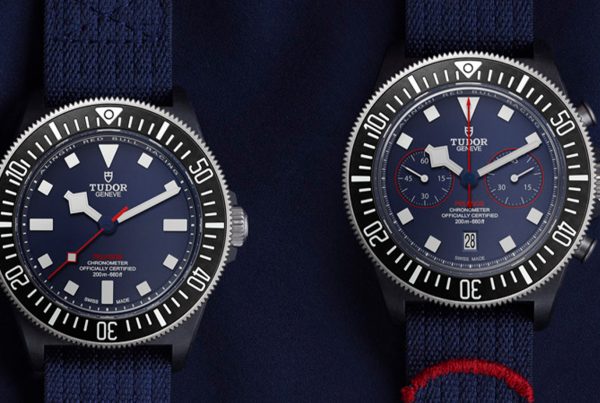A retrospective look at our fascination with time and horology

Over the course of history, mankind has continued with its goal of observing and keeping time. Ever since ancient civilizations observed the sun and moon moving across the skies, it presented a concept of time.
Historians however suggest that ancient Egyptians in 1450 BC were the first to study the measurement of time by using large obelisks to track the sun’s movement. Over the course of history, water clocks and sand hourglasses were invented, signifying mankind’s unwavering pursuit of timekeeping.
The dawn of the industrial revolution gave rise to mechanical timekeeping. Despite numerous advancements in technologies, the mechanical watch continues to be the standard bearer of timekeeping, one that provides a strong link to our fascination with time.
Modern Timekeeping

(Image) The earliest Cartier Santos Dumont watch. Picture via Pinterest
History traces some of the earliest mechanical clocks to Europe in the early 14th century. Following the invention of the mainspring, portable clocks were soon developed with the first pocket watches being created sometime during the 17th century. These mechanical timekeepers would continue to be the standard until the invention of the pendulum clock in 1656.
Some of the earliest wristwatches appeared during the late 1800s. Girard-Perregaux, then known as Constant Girard, developed a concept wristwatch for German naval officers in 1880. In 1904, Brazilian aviator, Alberto Santo Dumont requested Louis Cartier to fashion a timepiece that would allow him to tell time while flying. The wristwatch would eventually go on to become the iconic Santos we know today.
The arrival of World War I saw the advancement of the mechanical wristwatch, many of which were equipped with luminous dials. With time used to synchronization of military manoeuvres, the wristwatch quickly overtook the pocket watch as a convenient time keeping device.
It was used not just by soldiers and sailors but also airmen, who utilised the timepiece to coordinate their aerial bombing runs. Following the end of two World Wars, the mechanical watch rose in prominence, becoming not just an essential timekeeping tool but also a fashionable accessory as well as statement piece.
Evolution, Advancement And Return To Prominence

The Omega Speedmaster, the first watch worn on the moon. Picture via OMEGA
The advent of the first quartz watch, set a revolution in watchmaking in the 1960s. Providing cost effectiveness as well as accuracy, it heralded a new era for the industry. Many watch brands took advantage of the quartz movement, creating timepieces with mass market appeal and affordability.
However, the mechanical timepiece still endured. Due to the advancement of technologies, brands began exploring new segments for their timepieces. These paved the way for the creation of dive watches and aeronautical watches.
Some brands such as Omega and Rolex even went to space. The Omega Speedmaster, which was the choice of NASA, earned the distinction of being the first watch worn on the moon. The start of the 80s, also began to see technology being used to help shape the market.
Novelty watches such as calculator watches and game watches heralded a new era of wearable tech. It is a segment that continues till today with the smartwatch, which helps provide a link to the convenience of the digital world.
Nevertheless, despite the advancements, the mechanical watch retains its status as the industry standard in timekeeping. In the mid-1980s, the mechanical watch received a renaissance with the IWC Da Vinci Perpetual Calendar. Featuring perfectly synchronised calendar displays including a moonphase, it provided a template of perfection for haute horology.
Today, a quality timepiece not only exemplifies the time-honoured tradition of watchmaking but also a high level of craftsmanship. In essence, it serves as an outstand feat of engineering as well as an object of beauty and art, that is to be admired and appreciated over time.








